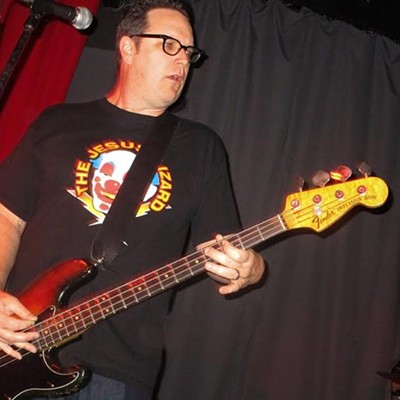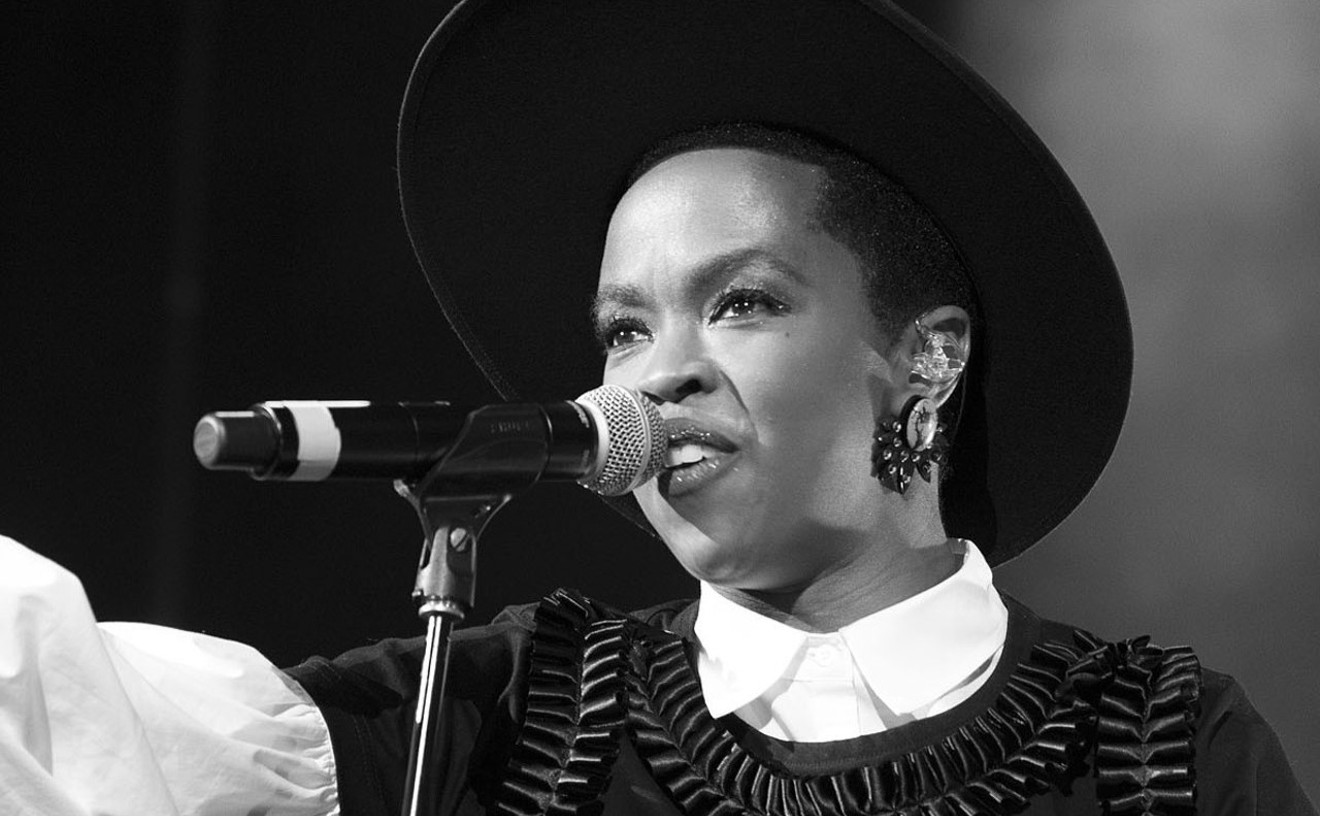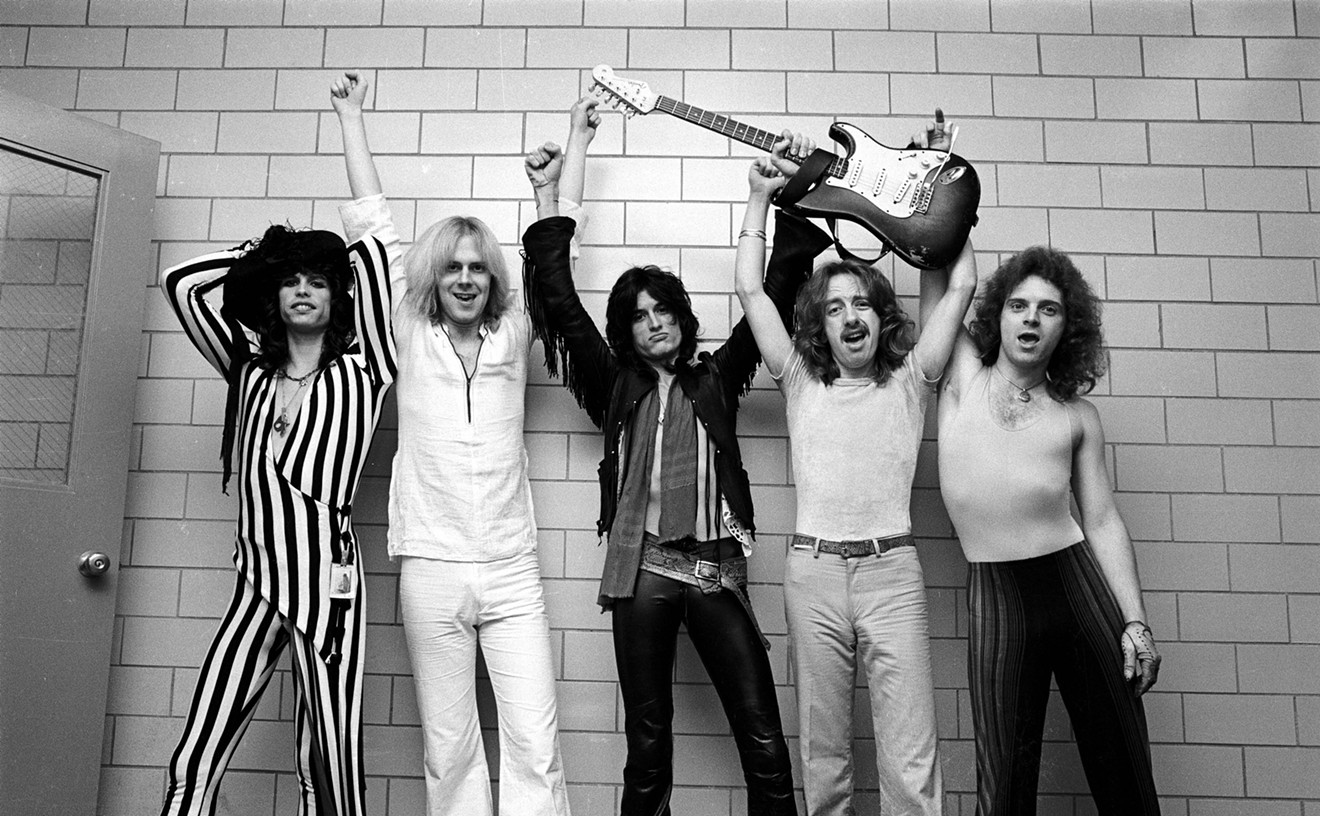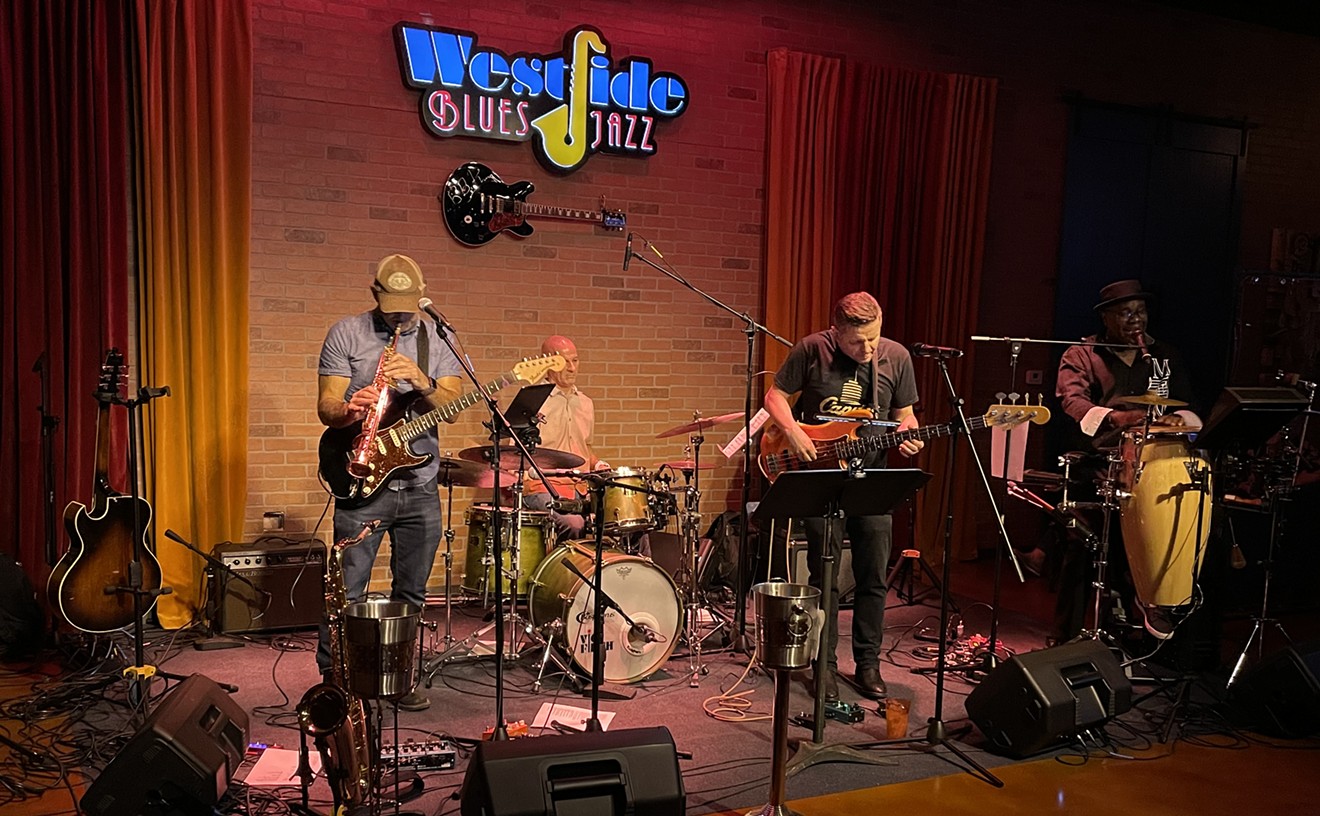Time after time, until Robert Smith, the Cure’s
“Empty and disintegrated, I barely resembled the young man I had been. The man who had a passion for life and beauty and art, and a bond that he shared with his friends. Here was the sad mess I had become. A despicable old drunk on a train,” writes Tolhurst about hitting the bottom, sounding vaguely reminiscent of typical Cure lyrics.
As rock ’n’ roll books go, Cured is similar to countless predecessors in how it tracks the rise of the Cure; Tolhurst’s subsequent, primarily alcohol-induced, fall; and the road to healing and redemption. Cure fans will both enjoy the book and
When reading the book, it doesn’t take long to come to the conclusion Tolhurst’s childhood was not a happy one. The youngest child of Daphne and William Tolhurst, young Lol had virtually no semblance of a typical father-son relationship with his father, who was known as “Sailor Bill” around his neighborhood in Horley, England. In 1964, Daphne Tolhurst struck up a friendship with Rita Smith, as they both attended the same Catholic church and shared a devout faith. The Smith family also had a 5-year-old son, Robert, who would become Lol Tolhurst’s lifelong friend and eventual bandmate.
As the book unfolds, it principally sticks to a chronological timeline after beginning with an interesting
“On one hand, Robert is the dark, brooding, creative, and melancholic sort. It’s obvious from the way he carries himself that his head is somewhere in the clouds. It’s always been part of his persona: the tortured artist, the all-seeing poet, the messenger with news from the other side. He’s also quite normal, someone who enjoys sitting down with a pint and watching football. People sense this dichotomy about him, and it doesn’t add up,” writes Tolhurst in the
Tolhurst broke the book into three sections: Part I (What It Was Like), Part II (What Happened), and Part III (What It’s Like Now). Part I delves into Tolhurst’s childhood and the early formation for the Cure, including some entertaining passages about early gigs and practicing at the Smith’s family home. The second part goes further into the early years of the Cure and shares enough detail about the creation of the first four records to fully whet the appetite of any longtime Cure fan. In Part III, Tolhurst shares his descent into finally accepting his alcoholism, getting sober and productive again, and eventually repairing the relationship with Smith he tried desperately to destroy.
In conversation, the 57-year-old expatriate Brit, who has called Southern California home for the past quarter-century, is forthcoming and charming, yet still slightly guarded, preferring to let his book speak for itself on occasion.
“I’m in the second half of my life and I’ve got enough perspective, and enough distance, to have a clearer view of what went on and how it affected me and what were the reasons for many things,” says Tolhurst over the phone from his publicist’s office in California. “I don’t think I could’ve written it in my 30s and 40s, maybe, because there wasn’t enough distance between the events and the writing of it.”
He continues, “What I found was, at first, it was a little intimidating to think about sitting down and writing the story of my life up until now. I didn’t keep a diary or a journal. Back in those days, I was pretty much an existentialist, so I was living for the day. I’m living for the moment, which was a pretty cool way of living, but it’s a little bit stupid if you’re going to write a book later on.”
Tolhurst spent all of
“Eventually, the memories all fall down like dominoes. I would wake up at 4 a.m., and I would grab my phone and mumble things. I think my wife thought I was going a bit mad. The process of writing is like excavating your memories and your thoughts and trying to make sense of it,” says Tolhurst, whose accent remains proper and quite British.
To his credit, Tolhurst does address the lawsuit he levied toward Smith in the early
“We’re still friends. There was a court case in 1994. It didn’t turn out right. It didn’t turn out to be the right reason for doing it in the first place, but things have resolved themselves. We’re back to the way things used to be. Robert and I were friends from the time we were 5 years old. We were friends during the band, and we’re friends again now. It’s full circle, really,” Tolhurst says.
Cured is clearly an attempt by Tolhurst to make sense of his own life and explain it to himself. One wonders, though, if Tolhurst’s reluctance to dig deep reflects the emotional detachment he writes about in the book between himself and his family or if, after years of estrangement from Smith, Tolhurst is fearful of once again damaging the friendship between the two. There is no dirt on Smith in this book, so Cure fans should not go into reading it expecting anything of the sort. Tolhurst is full of reverence for all of his Cure bandmates, many of whom he was friends with since he was a teenager.
“I don’t think anyone of us from the Cure could have been in the band with a bunch of people we didn’t know and didn’t particularly like. I think music is far too personal,” Tolhurst says.











